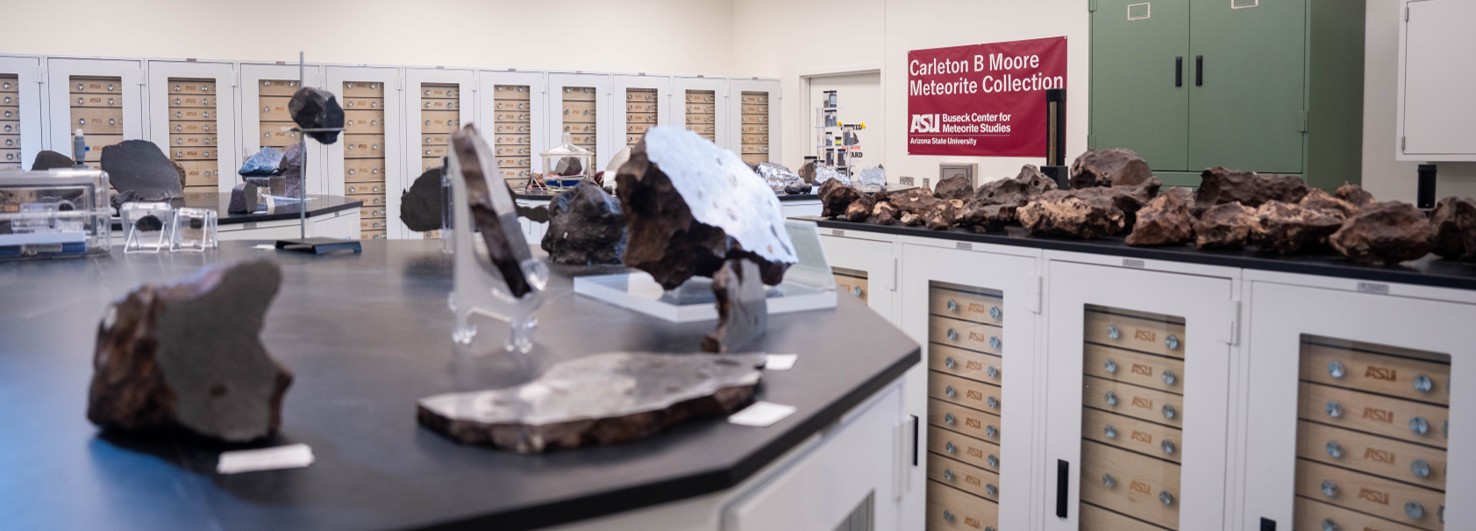
Center joins Blue Star Museums 2022The Buseck Center for Meteorite Studies is pleased to announce that we have once again joined museums nationwide in the Blue Star Museums initiative, a program that provides free admission to currently-serving U.S. military personnel and their families throung Monday, September 5, 2022. Find the list of participating museums at arts.gov/bluestarmuseums. Blue Star Museums is… |
Where are we now: Michelle MinittiCatch up with Center alumni through this periodic feature! Dr. Michelle Minitti was Assistant Director of the Center for Meteorite Studies from 2005 to 2012, and also served as Interim Director in 2006. While at the Center, Dr. Minitti used Martian analogs to investigate Martian meteorites and their context in Mars remote sensing datasets, as… |
BCMS Researcher Visits the UK’s Winchcombe MeteoriteBCMS undergraduate researcher, Xeynab Mouti Al-Hashimi, recently visited London’s Natural History Museum (NHM) where the UK’s latest meteorite fall, Winchcombe, is currently on display. The Winchcombe meteorite, a carbonaceous chondrite, fell in Gloucestershire, England on February 28th, 2021. Fragments were quickly recovered in the village of Winchcombe, some of which were found within twelve hours… |
Where are we now: Daniel DunlapCatch up with Center alumni through this periodic feature! Dr. Daniel Dunlap received his doctoral degree in 2019, from the ASU School of Earth and Space Exploration. His Center research and dissertation (Chronology of Planetesimal Differentiation Based on the Timing of Achondrite Formation in the Early Solar System) focused on timescales of igneous activity in… |